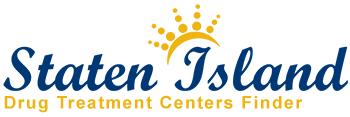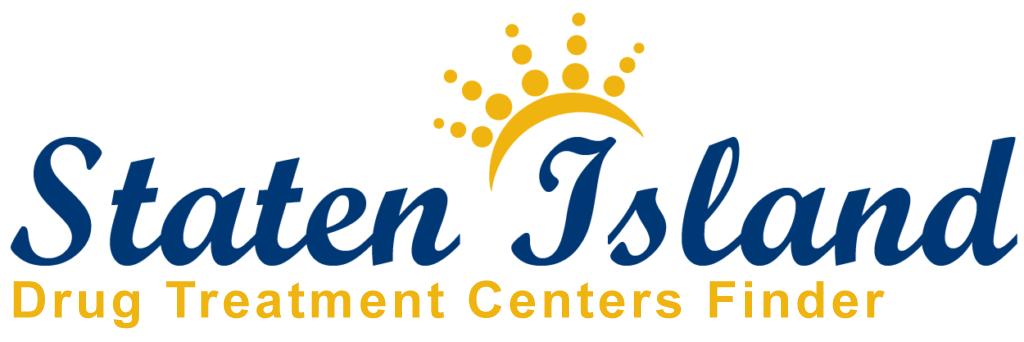If you know someone living with mild to severe drug abuse or drug dependence problem, he or she is suffering from what is known as Substance Use Disorder (SUD). Common substances associated with this disorder include stimulants, marijuana, opioids, tobacco, alcohol and hallucinogens. Substance Use Disorder can be diagnosed by the clinical criteria given for each category that a person experiences. When the consistent use of drugs and alcohol cause considerable impairment to a person’s ability to function normally, and cause physical, mental and social problems, that person is considered to have a substance use disorder. The addict will not have control over his drug or alcohol problem and the consequences of his substance use will have a dramatic affect on all areas of his life.
Diagnostic criteria symptoms can include cravings for the drugs, inability to reduce or stop using, physical tolerance to the drugs causing more drug in-take, a decrease in physical, mental and social functioning, preoccupation with obtaining and using the drugs, and experiencing withdrawal symptoms when drug intake is reduced or discontinued.
Below are the substance categories and symptoms associated with Substance Use Disorder:
- Cocaine, amphetamines and methamphetamines use is one category of SUD that affects hundreds of thousands of people in the U.S. from as young as twelve years of age and up. Effects of using these drugs include an elevation in respiration, heart rate and blood pressure, and an increase in attention, energy and concentration. Withdrawal symptoms include anxiety, fatigue, a lack of motivation, depression, nightmares, irritability and violent behavior.
- Opioid use disorder is associated with the use of legal prescription opiates (Oxycodone, Hydrocodone) and illegal opioid drugs and heroin, which currently affect about two million people in the U.S. Opioids bind to receptors in the brain causing feelings of euphoria and also block the perception of pain. Some symptoms of opioid use are nausea, confusion, drowsiness, anxiety attacks, psychosis, depression, constricted blood vessels, hyper-vigilance and sleep problems. Death due to overdose may occur when opioids are mixed with other drugs. Withdrawal symptoms can include shaking, chills, nausea, vomiting, anxiety, cravings, stomach pain, agitation, and muscle tension and bone pain.
- Alcohol use disorder affects approximately 17 million people in the U.S. and causes about 88,000 deaths per year. Some common symptoms of alcohol use disorder include blackouts, memory loss, mood swings, shaking, tremors, liver disease, cancer, insomnia, confusion and risky behavior. Withdrawal from alcohol can cause serious physical and mental consequences and may become life threatening; alcoholics should be under medical supervision during the detox process. Alcohol withdrawal symptoms can start about eight hours after the last drink and can include mood swings, shaking, brain fog, headache, sweating, nausea, vomiting, fever, seizures, confusion, hallucinations, abnormal heart rate, increased respiration and delirium tremens.
- Marijuana use disorder affects about 4.2 million people aged 12 years old and up in the U.S. Some effects of marijuana use include impaired memory, distorted perception, problems with thinking and learning, impaired coordination, anxiety, paranoia, fear, slow reaction time, rapid heartbeat and confusion. Marijuana withdrawal symptoms can include insomnia, vivid dreams, nightmares, depression, irritability, severe mood swings, anger, nausea, vomiting, dizziness, tremors, and hormonal imbalances.
Treatments for substance use disorder begin with the detox process, which is weaning the addict off of all offending substances. Other treatments will begin after a successful detox has been accomplished. One effective treatment is cognitive behavioral therapy, which teaches the addict how to identify and correct destructive thoughts and behavior patterns. The addict learns techniques for developing self-control and how to stop using drugs and alcohol, and other mental issues are also addressed.
Motivational enhancement therapy attempts to engage the addict in utilizing his or her own internal resources to motivate change. Contingency management is a therapeutic management system that rewards target behaviors when the addict performs them and removes rewards when the addict does not perform them. Individual and group therapy, family counseling, relapse prevention and other therapies may also be used in treating the recovering addict.
Peer support groups and aftercare counseling sessions are designed to provide support to the addict after his initial treatments. By engaging all the information and tools that he has learned, that addict is well equipped to maintain sobriety and lead a productive life. Let Staten Island Drug Treatment Centers help. Just give our caring recovery advocates a call today at (929) 575-5202 for information.




Leave A Comment